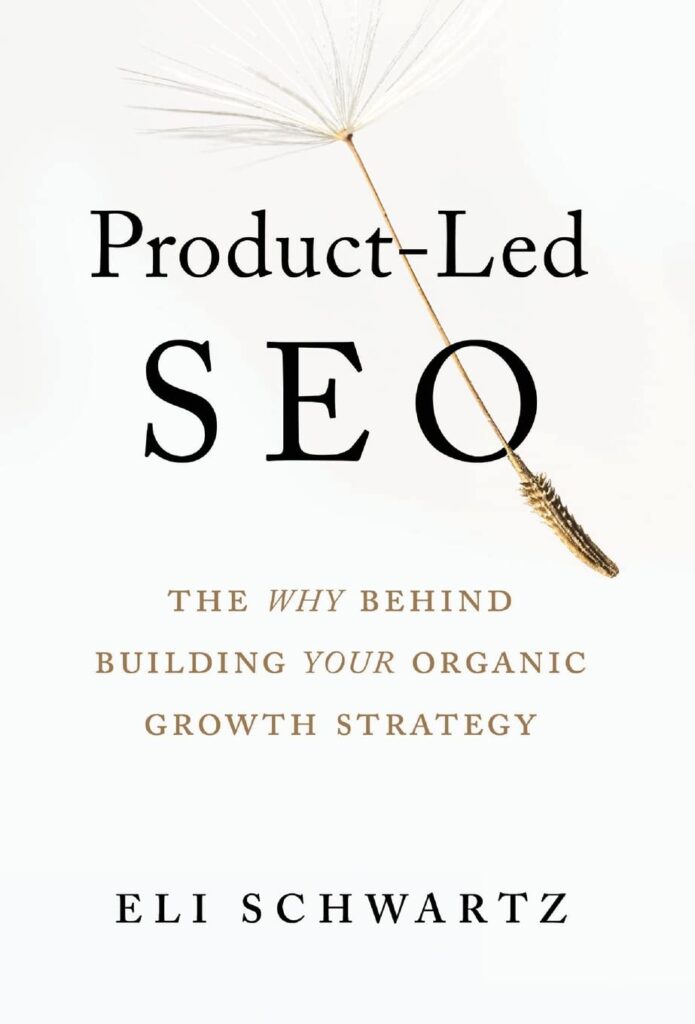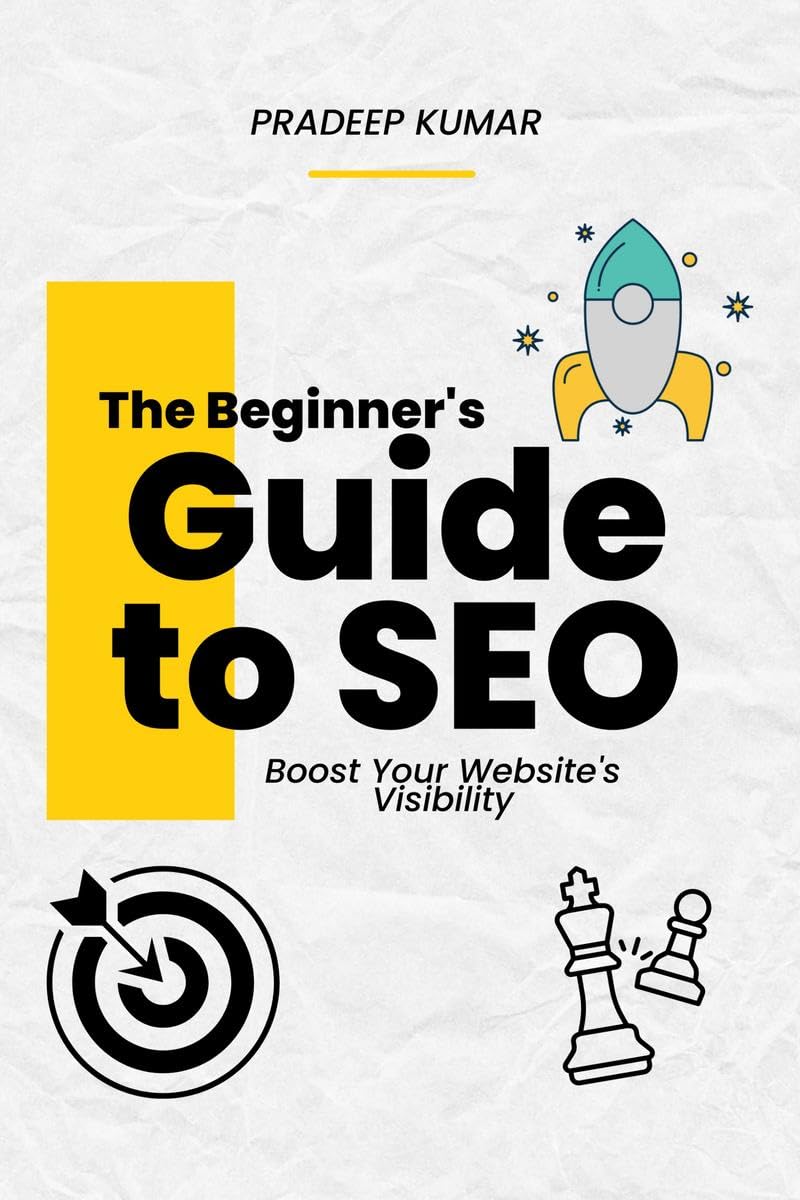Knowledge of competitors’ SEO analysis can help you consider new ways for your site to rank higher, find new keywords, and optimize your online presence to remain competitive in your field. The competition in the search engine results has become stiff than before and understanding your competitors’ strategies and improving your SEO techniques can go a long way.
Table of Contents
Below is a guide on how to conduct a useful analysis of your competitors’ SEO plans.
You also need to know who your competitors are first
As a start, you would want to know who your primary rivals are before you can proceed with any form of analysis. This can be done by looking for the niches you want to rank and then noting which sites dominate the first page of the SERP. Competitors can be categorized as:
Direct Competitors: Those that are in the same line of business as the firm.
Indirect Competitors: Websites that are aimed at similar audience, but propose different products or services.
Content Competitors: Web pages that are most authoritative in terms of the keywords related to the content of the page although they may not be in the same business as yours.
The use of SEO tools such as Ahrefs, SEMrush or Moz will reveal which sites are currently ranking for your focus keywords. These tools help you to identify who your major competitors are within the identified niche market.
Analyze Their Keywords
Keyword research is the focus of any SEO campaign. In this way, you can see what keywords your competitors are using and find out which opportunities can be further explored and which gaps exist in your content.
Use Keyword Research Tools: Freeware such as SEMrush, or Ahrefs can be used to determine the keywords that have the highest ranking for your competitors.
Compare Keyword Gaps: Keyword gap analysis helps you view what keywords are ranking your competitors that you may not be targeting yet.
Evaluate Search Intent: In the case of each keyword, determine whether it is informational, transactional or, navigational and make sure that your content meets the goal of each keyword type even better than your rivals.
For instance, if you find your competitor is ranking well for informational keywords, then you might write guides or a series of blog posts around a specific keyword.

The Beginner’s Guide to SEO – Boost Your Website’s Visibility
Examine Their On-Page SEO
The next step is to assess the way your competitors use on-page elements in order to improve the website. This means things such as headline tags, meta descriptions, headlines and overall content organization have to be checked.
Title Tags and Meta Descriptions: It is also worth checking how your competitors make use of primary and secondary keywords in titles and descriptions. Another thing is that you can use Screaming Frog or other similar tools for a bulk analysis.
URL Structure: How is URL structured in current competitor’s websites? Specific, well-organized URLs are better, because they are easier to index and read for both, the search engine and the user.
Content Length and Structure: Determine which types of information and in which format tend to receive more engagement. If your competitors are publishing long articles with headings, subheadings and images, then you should follow the same format but introduce your own findings.
Evaluate the Quality of the Content and level of Engagement
Website content determines the ranking of the website because search engines favor websites with useful, relevant and well presented information. Here’s how to evaluate this:
Content Depth: Determine whether the competitors’ content discuss a topic comprehensively. If they give a short description, there is a chance to develop more detailed materials.
User Engagement Signals: Some tools like Ahrefs, provide an insight into the user satisfaction level by providing data like bounce rate and average time on page. It is usually observed that high engagement metrics are accompanied by high quality and engaging content.
Content Formats: See if they are writing blog posts, infographics, videos or something else. Applying different formats might be useful in reaching the audience of different types and increase the engagement level.

Product-Led SEO: The Why Behind Building Your Organic Growth Strategy
Check Their Backlink Profile
Referral links are very crucial for SEO because they show the search engine that you have quality and credible content. Studying your competitors’ backlink profiles allows one to see what types of content attract the most links and which websites are ready to link to them.
Backlink Analysis Tools: Open a competitor’s site with Ahrefs or Moz Link Explorer to investigate their backlink profile. Discover what other sites link to them and which of their pages garner the most links.
Quality Over Quantity: Instead of the quantity of links, it is better to aim for the quality and origin of the links. In this case, domain authority and relevance should be used to assess which of the backlinks are most beneficial.
Identify Content that Attracts Links: Which competitor pages have the most backlinks? At times, these pages are informative guides, examples, or other resources supported by research and data. Maybe, it is high time to develop similar high value content which other people would like to link to.
Evaluate Their Technical SEO
Technical SEO is a process of optimising the aspects that affect the website functionality, indexing and crawlability. Some of the key factors that would make a site fully optimized include; the site’s speed, its ability to be accessed through mobile devices, and its navigational structure.
Page Speed: There are many websites such as Google PageSpeed Insights and GTmetrix that can be used to determine the page loading speed of your competitors. If other competitors’ pages are fast, then one can optimize his or her site to be among the best.
Mobile Usability: Identify whether your competitors have a mobile responsive design. This is important for ranking since Google announced that it now uses mobile first indexing.
Site Structure: See how the organization of site structure differs from competitor to competitor. As a rule, when the structure is obvious with category pages, internal links, and breadcrumbs, the site ranks higher because of better usability and crawling.

How They Can Improve Their Content Marketing and Social Media Plans
Both content marketing and social media are related to SEO. Analyzing your competitors’ actions in these fields will help you understand which content is popular among your shared audience and where else you can find a chance.
Content Frequency and Quality: See the rate of posting new content and the quality of the content posted by competitors. An active content strategy tends to generate more steady traffic, which means that you could be getting more benefit out of posting content more frequently.
Social Media Engagement: Check how often their content is posted on such channels as Twitter, LinkedIn, and Facebook. That is why the active account in social networks can increase the coverage and improve the position in the search engine.
Influencer Collaborations: Some competitors might opt to use influencer marketing or guest posting as their competition strategy. They can cause traffic and create valuable back links that will assist in improving the visibility.
Study Their Local SEO Tactics
Local SEO is very important for any business that is restricted to a given location. If you look at the strategies your competitors use in local SEO, you can then improve on the strategies to reach out to customers locally.
Google My Business Optimization: Check if the competitors have registered and provided all the correct information about their business through Google My Business. Optimizing a profile increase the chances of appearing in local searches.
Local Keyword Targeting: Check whether competitors employ geo-specific keywords in the content body and meta tags section.
Local Backlinks: Many local organizations get backlinks from other organizations, directories, and associations of their region.

Ultimate SEO: Grow Your Business Online
Learn and Follow Their Movements and Shifts
SEO techniques are not fixed; they constantly change due to the changing search engine algorithms, users and marketing objectives of organisations. In particular, the work should reflect how it is necessary to monitor changes over time in the strategies and approaches of competitors.
Content Updates: See how frequently rivals modify their old content. Search engines favor fresh content, and content refreshes can help to either retain or improve a site’s ranking.
Adoption of New Trends: Keep record whether competitors try out some of the novelty features such as voice search, video search engine optimization or personalized content through Artificial Intelligence.
Regular Audits: You can achieve this using tools such as SEMrush and Ahrefs to track fluctuations in competitors’ ranks and site analytics occasionally.
When you approach competitor research systematically and comprehensively, you can identify relevant information and optimise your SEO activities. When you use and refine these insights, you will be in a better place to increase the ranking of your site and leave your competitors behind.
FAQs
How can I identify my top SEO competitors?
Then the performance history of websites dominating a particular topic with your keywords can be checked using tools like SEMrush or Ahrefs, for example. These analyses will also help you to get a complete picture of your competitors and divide them into direct, indirect, and content-based competitors.
What tools can I use to analyze my competitors’ backlinks?
Ahrefs, Moz, and SEMrush are great for analyzing competitors’ backlink profiles and teaching you where they source their good links.
How often should I analyze my competitors’ SEO strategies?
It is recommended that competitor analysis should be conducted at least on a quarterly basis. As noted, always use SEO so tracking changes to competitors’ strategies or plans will prove informative and useful.
Why is technical SEO important in competitor analysis?
Technical SEO influences the way a website is viewed by the end user and how it is crawled by the search engine. From the analyses of competitors, one can see the need to improve the page speed, mobile compatibility, and site’s architecture.
How can I use social media insights from competitor analysis?
See what content your competitors publish on social media and how the audience interacts with those posts. This can also give an indication of the content-types that potentially performs well with your audience.
What is the role of content quality in SEO?
Due to the fact that users prefer to read high-quality content that has all the necessary information, is interesting and comprehensive, such content is better ranked in search results, attracts backlinks, and encourages users to interact with the site.
I


One thought on “How can I analyze my competitors SEO strategies?”